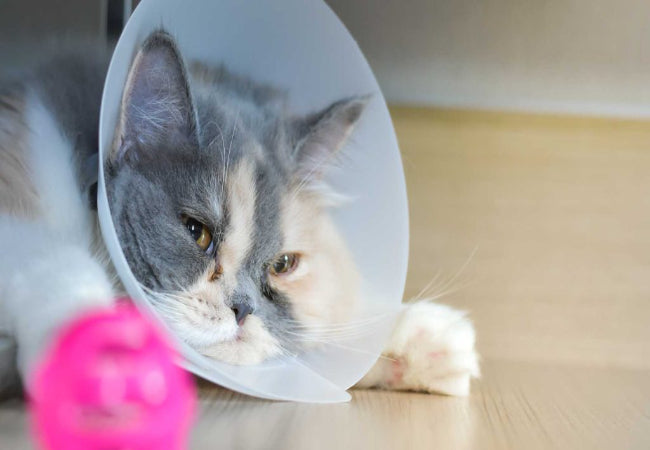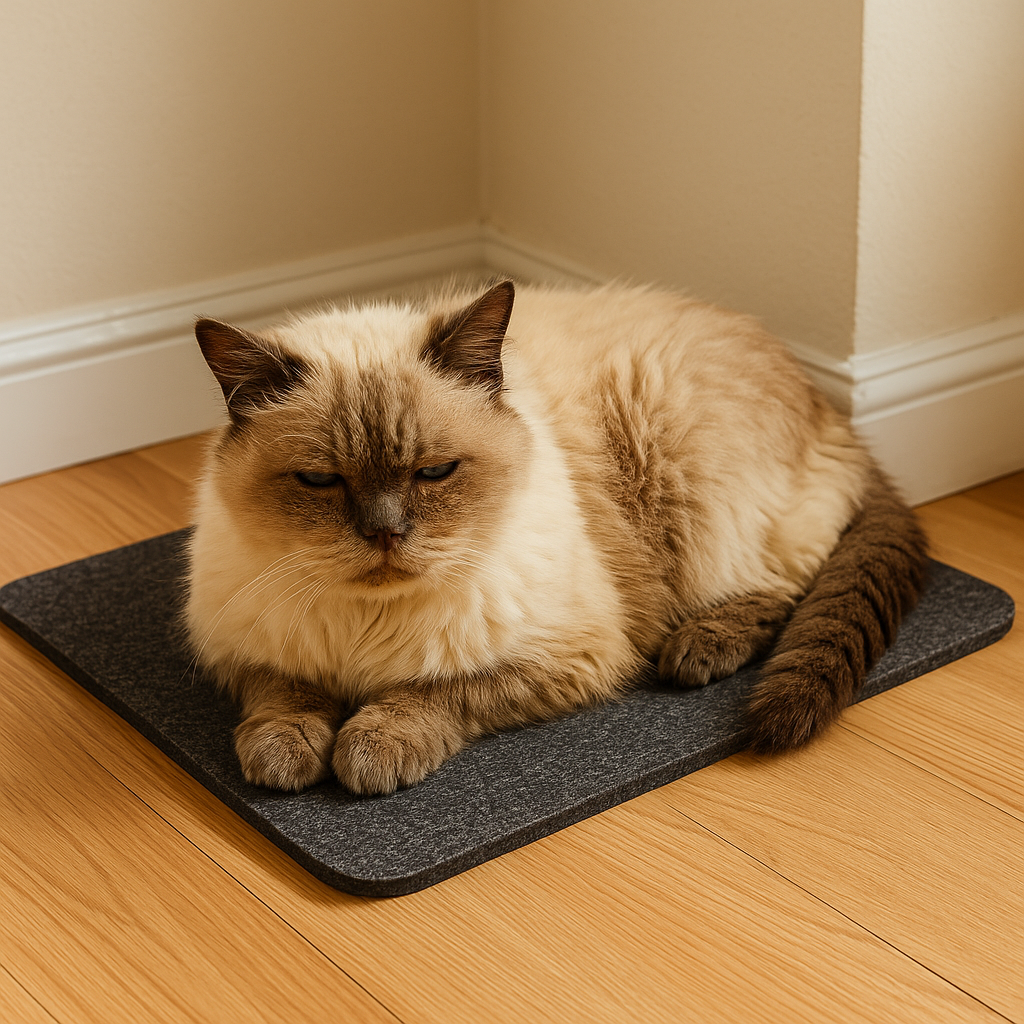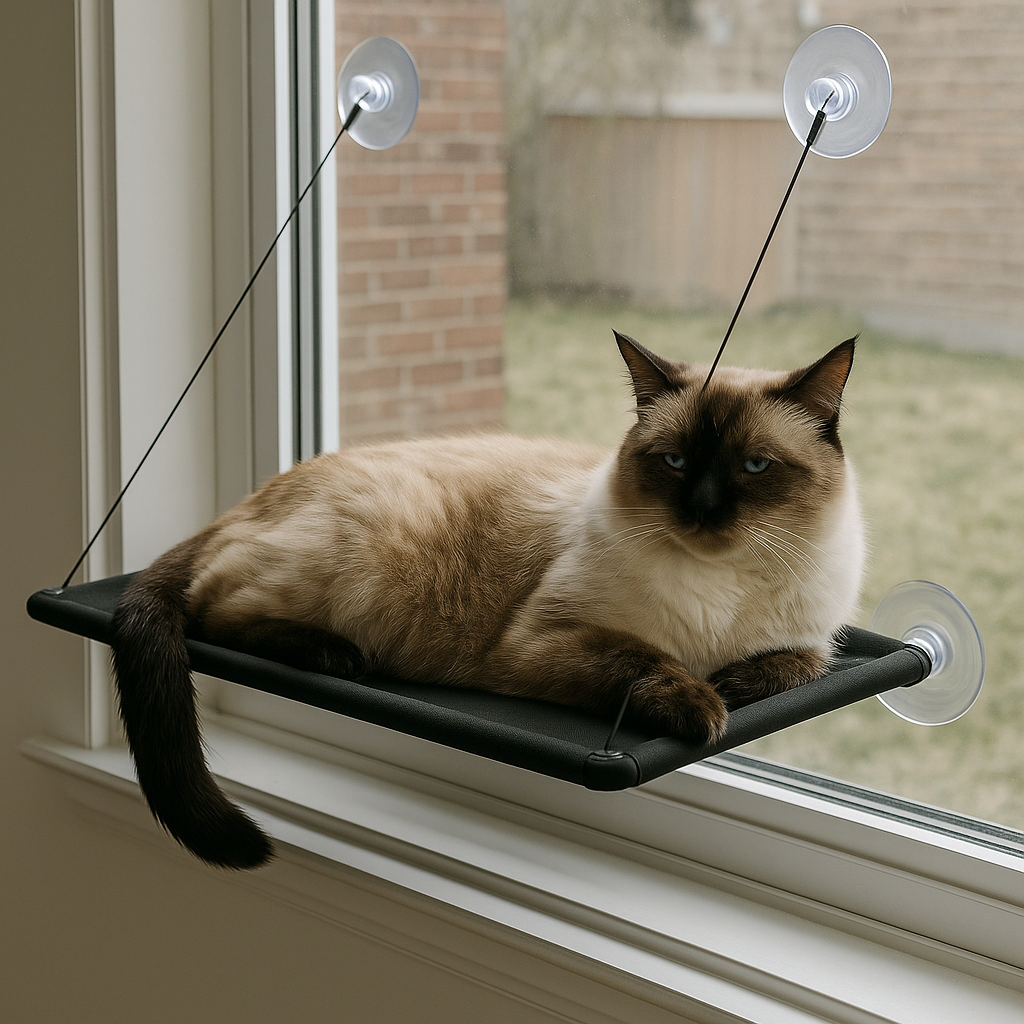Desexing Cats in 2025: Vet-Approved Pros & Cons Guide 🐾🩺

In this article
Desexing Cats in 2025: Vet-Approved Pros & Cons Guide 🐾🩺
By Dr. Duncan Houston BVSc
Desexing—also known as spaying (for females) or neutering (for males)—is a surgical procedure that prevents cats from reproducing. It’s one of the most common veterinary procedures, and understanding the pros and cons can help you make an informed decision for your feline friend.
✅ Pros of Desexing Your Cat
1. Population Control 🌍
One of the most important reasons to desex your cat is population control. Unplanned litters contribute to the overpopulation problem, leading to:
-
More stray and feral cats
-
Increased shelter intake
-
Higher rates of euthanasia due to lack of resources
Desexing your cat helps reduce these issues and supports responsible pet ownership.
2. Health Benefits ❤️
Spaying and neutering can significantly improve your cat’s long-term health:
-
Females: Reduced risk of mammary gland tumors, elimination of pyometra (a life-threatening uterine infection)
-
Males: Elimination of testicular cancer, reduced risk of prostate issues
Early desexing can also prevent reproductive-related diseases that might require costly medical care later.
3. Behavioral Improvements 🐱
Desexed cats often display calmer behavior and fewer problematic habits, such as:
-
Marking territory with urine
-
Roaming in search of a mate
-
Aggression or fighting with other cats
This can reduce the likelihood of injury, fights, or transmission of diseases like FIV (feline immunodeficiency virus).
4. No Heat Cycles 🔇
Female cats in heat can be very vocal and may attempt to escape to find a mate. Desexing eliminates heat cycles, making your cat:
-
Less anxious or restless
-
Quieter and less attention-seeking during heat
-
Safer indoors
⚠️ Cons of Desexing Your Cat
1. Surgical Risks ⚕️
Like any surgery, desexing comes with some risks, including complications from anesthesia or infection. However, spaying and neutering are considered low-risk procedures when performed by a qualified veterinarian. Pre-surgical exams and proper aftercare can minimize risks.
2. Cost 💰
The procedure involves a one-time cost, which can vary depending on location, clinic, and the age or size of your cat. While it may seem expensive initially, it can save money in the long term by preventing:
-
Health issues related to reproductive organs
-
Injuries from fights or roaming
-
Unplanned litters
Some local councils and animal welfare organizations also offer reduced-fee or subsidized desexing programs.
3. Weight Gain ⚖️
Desexed cats may experience slower metabolism and an increased appetite, which can lead to weight gain. Managing this involves:
-
Monitoring food portions
-
Feeding a balanced, weight-appropriate diet
-
Encouraging regular exercise and play
4. Growth Plate Considerations 📏
Early desexing in kittens may delay growth plate closure, potentially affecting bone and joint development. While most cats do fine, discussing the ideal age for desexing with your veterinarian is essential to minimize long-term orthopedic risks.
📝 Additional Considerations
-
Age: Most veterinarians recommend desexing between 4 and 6 months of age, before sexual maturity. Early desexing may be possible, but always consult your vet.
-
Post-Surgery Care: After surgery, keep your cat calm, limit activity, and monitor the incision site for redness, swelling, or discharge.
-
Behavioral Expectations: While desexing can reduce certain behaviors, it won’t instantly change your cat’s personality. Cats are individuals, and some tendencies may remain.
✅ Conclusion
Desexing is a responsible and beneficial decision for most cat owners. It helps control population, improves health, reduces behavioral problems, and creates a safer and calmer home environment.
While there are some risks and considerations, these are generally manageable with proper veterinary guidance and post-surgical care. Ultimately, the decision should be made in consultation with your veterinarian, based on your cat’s health, age, and lifestyle.








